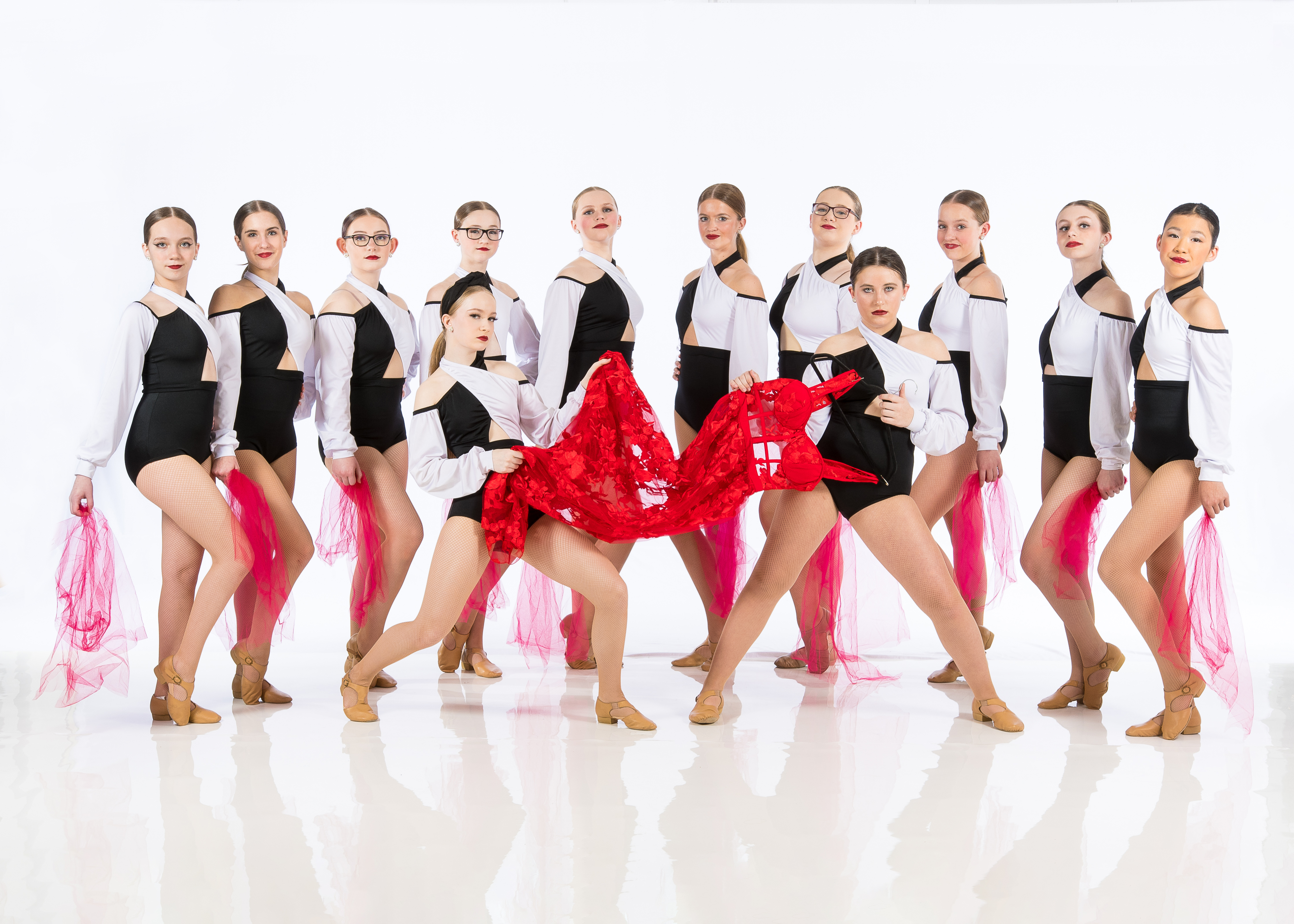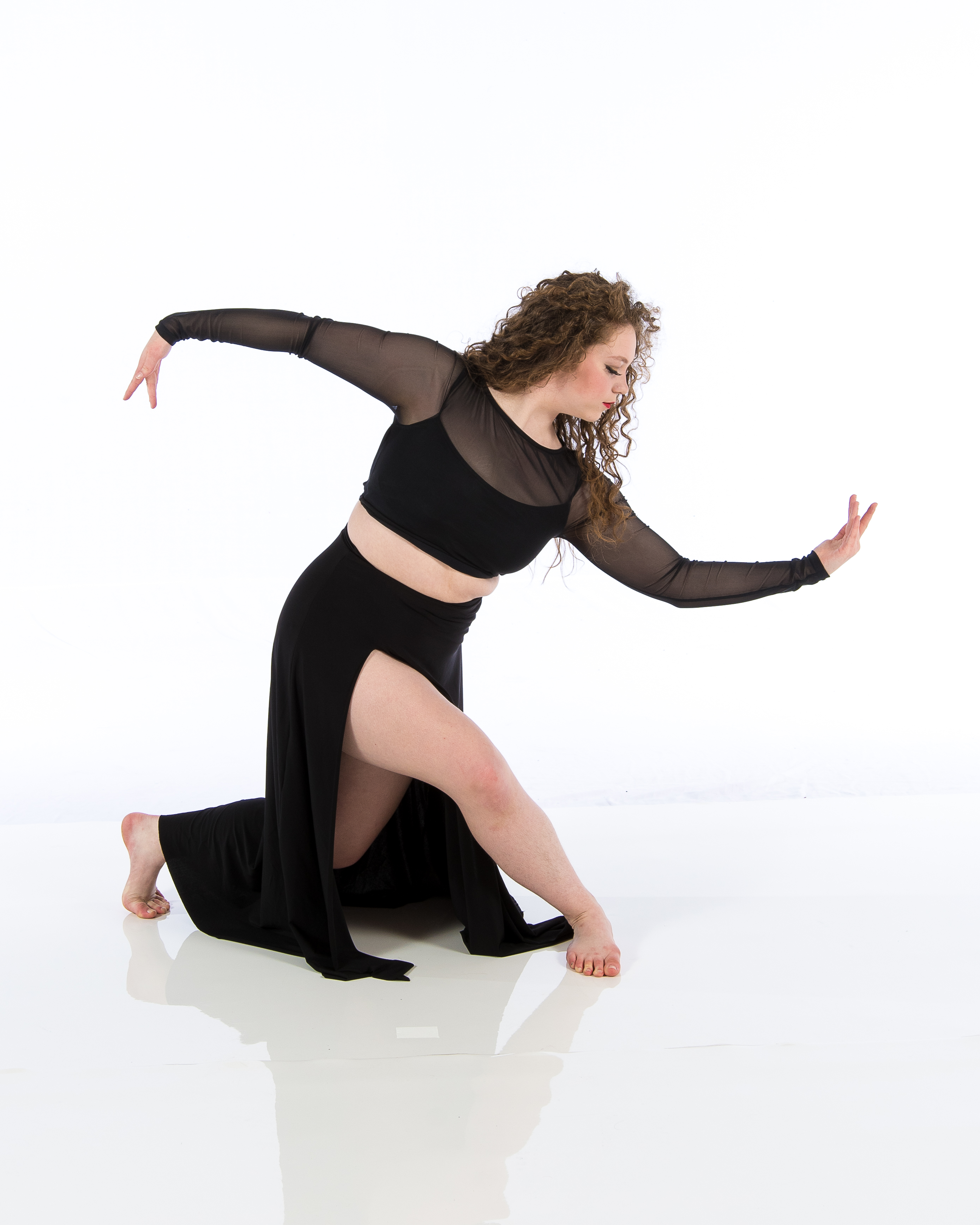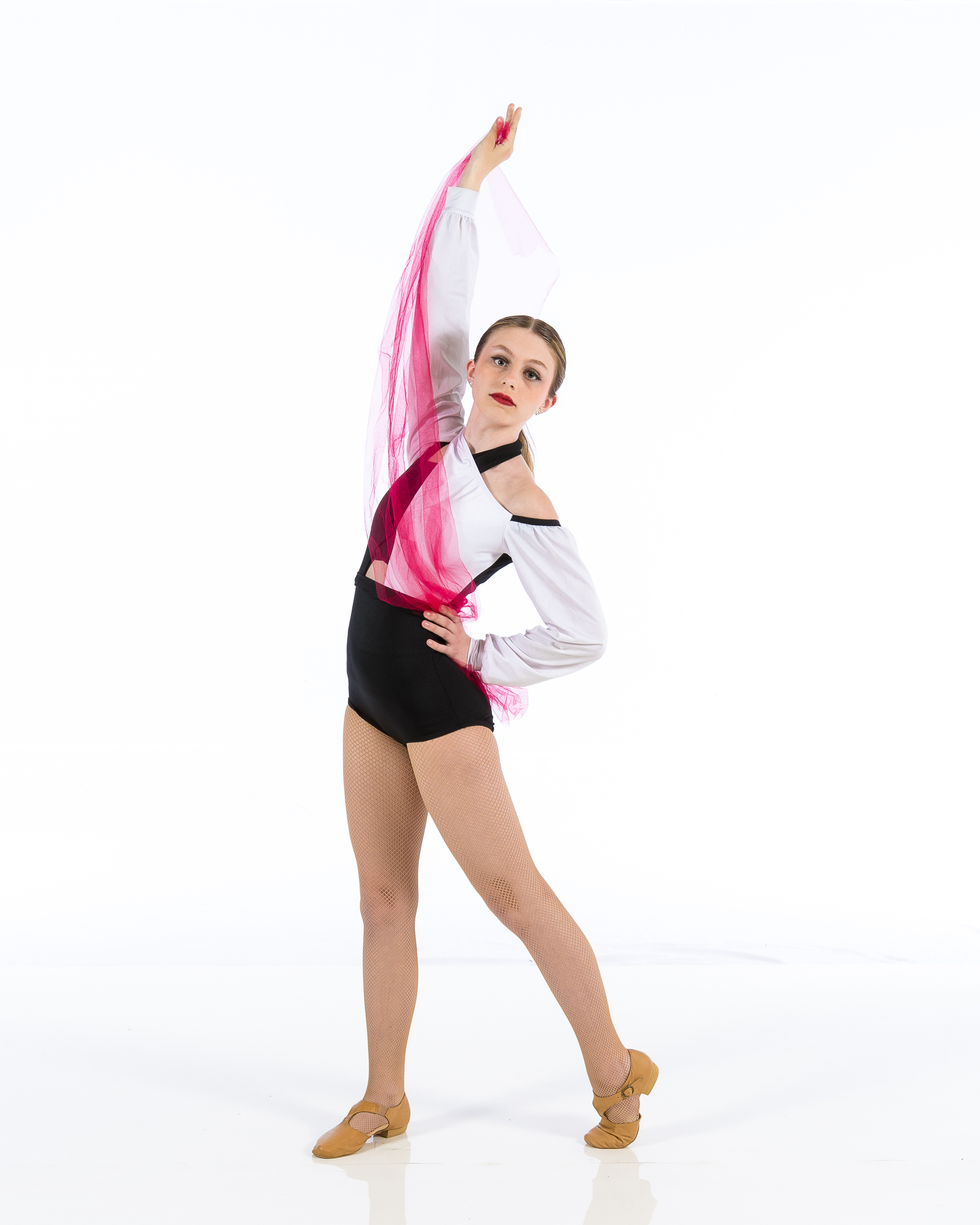Introduction
In the world of childhood development, there's an undeniable magic that dance brings. Whether it’s the infectious rhythm of a trending TikTok challenge or the classic moves from beloved Disney films, popular kid's dances provide more than just entertainment; they’re stepping stones toward building essential life skills. From coordination and balance to creativity and self-expression, these dances can play a crucial role in shaping a child's growth. In this article, we’ll explore Steps to Success: Building Skills with Popular Kid’s Dances, highlighting various dance styles that engage children while fostering vital competencies.
Understanding Dance Styles for Kids
What are Dance Styles?
When we talk about dance styles, we're referring to the different forms of dance characterized by unique movements, techniques, and cultural backgrounds. For kids, this can range from hip-hop to ballet to folk dances. Each style offers its own challenges and benefits.
The Importance of Dance Styles in Childhood Development
Dance isn’t merely an artistic expression; it serves as a multifunctional tool for development. Engaging in various dance styles helps kids enhance their physical abilities, improve social skills, and boost their emotional well-being.
Popular Dance Styles for Kids
Let's break down some of the most popular dance styles among kids today:
Hip-Hop Ballet Jazz Contemporary Tap BallroomEach of these styles has unique elements that contribute to a child's development.
Steps to Success: Building Skills with Popular Kid’s Dances
1. The Joy of Hip-Hop Dancing
Hip-hop is all about freedom and expression! It encourages kids to be themselves while having fun.
Benefits of Hip-Hop
- Promotes cardiovascular health Enhances coordination Improves rhythm and timing
Kids learn how to express emotions through movements like popping and locking—skills that build confidence!
Interesting Fact: Did you know hip-hop originated in the 1970s? It reflects urban culture and has evolved into various sub-genres!
2. Ballet: The Foundation of Dance
Ballet might seem formal compared to other dance styles, but it’s foundational for many forms of movement.
Advantages of Ballet
- Builds discipline Increases flexibility Teaches body control
Children learn poise and grace while developing strength through classical positions like pliés and tendus.

Exploring Other Dance Styles
3. Jazz: The Fun Side of Rhythm
Jazz is vibrant and full of energy! It's where Broadway meets street performance.
Why Choose Jazz?
- Encourages improvisation Boosts creativity Helps with teamwork during group routines
Jazz hands anyone?
4. Contemporary: Expressing Emotions Through Movement
Contemporary dance allows kids to tell stories through their bodies—perfect for those who love drama!
The Power of Contemporary
- Helps express complex emotions Fosters creativity Builds strength through fluid movements
It often incorporates elements from ballet and jazz but focuses on freedom and self-discovery.
The Social Aspect of Dancing
5. Building Friendships Through Dance Classes
Dancing provides a Jazz Dance Styles in Wilsonville fantastic opportunity for social interaction among children.
How Does This Work?
When kids join classes or teams, they learn teamwork, cooperation, and how to communicate effectively—all crucial skills for their future!
6. Performance Opportunities: Confidence Boosters!
Recitals or competitions allow children to showcase what they’ve learned.
Why Are Performances Important?
They foster a sense of achievement and bolster self-esteem as children perform in front of an audience—whether it's friends or family!
Cognitive Benefits of Dancing
7. Enhancing Memory Through Choreography
Learning choreography engages memory skills in children as they remember sequences and patterns.
Memory Techniques in Dance
Utilizing repetition helps solidify steps into memory—an entertaining way for kids to improve cognitive abilities!
8. Math & Science Connections in Dance Classes
Surprisingly enough, dancing can connect with math concepts like counting beats or understanding patterns!
Math Meets Movement
By counting rhythms or creating formations, children unknowingly apply mathematical principles while having fun!
Physical Benefits Beyond Coordination
9. Strengthening Muscles & Improving Posture through Dance
Every dance style requires core strength and proper posture—both essential for overall physical health.
Strength Training While Dancing
From ballet's emphasis on lifting toes correctly to hip-hop's dynamic moves, all contribute significantly to muscle development!
10. Cardiovascular Health & Stamina Building via Dance Routines
Just try keeping up with a fast-paced hip-hop routine! Dancing increases heart rate which enhances cardiovascular health over time.
Healthy Heart? Yes Please!
Regular engagement can lead to improved endurance levels—a win-win situation for your little one!
Emotional Development through Dance Styles
11. Self-Esteem Boosting with Each Step Taken!
Dance empowers children by giving them control over their bodies while allowing them space to express themselves freely.
Confidence is Key!
As they master new steps or routines, their self-esteem skyrockets!
12. Managing Emotions Through Movement Exploration
Dance offers an outlet for expressing feelings—whether joy or sadness; it helps kids process their emotions creatively.
Why Do Kids Need This?
Developing emotional intelligence at a young age sets the foundation for healthy adult relationships later on.
Fostering Creativity Through Popular Dances
13. Improvise Your Way into Creative Thinking!
Many dance styles encourage improvisation leading children towards innovative thinking strategies beyond just art forms!
Creating Unique Moves & Routines
This builds problem-solving skills that can transfer over into academic pursuits as well!

14: Learning About Culture Through Diverse Dances
Dance reflects cultural heritage—it teaches appreciation for diversity while engaging kids physically at the same time!
Understanding Different Cultures
Exploring different folk dances introduces children not only about traditions but also respect towards varying customs worldwide.
FAQ Section
1. What age is appropriate for my child to start dancing?
Most studios offer classes starting from ages 3–5 depending on the style chosen; early exposure can be beneficial!
2. Is competitive dancing suitable for young kids?
While competitions can be exciting opportunities—it depends greatly on each child’s readiness level regarding pressure involved within such environments.
3.Can dancing help if my child struggles socially?
Absolutely! Group classes provide camaraderie among peers which nurtures social skills over time naturally.
4.Is it necessary for my child to stick exclusively with one dance style?
Nope! Exploring multiple styles fosters versatility allowing broader skill sets as they grow older ultimately enhancing adaptability overall too!
5.Do I need specialized shoes/equipment before enrolling my kid into classes?
Generally speaking yes; specific footwear may be required based upon selected genres (think ballet slippers versus tap shoes) but don’t fret most schools guide you along this journey seamlessly anyway!
6.How much practice should my child do outside class sessions?

Conclusion
In conclusion, engaging in popular kid's dances presents numerous opportunities not only aimed at learning how-to-move gracefully but also building invaluable life skills necessary throughout life stages ahead—from social interactions down-to-emotional regulation processes involved too! So why wait any longer? Dive headfirst into those vibrant rhythms today—and watch your little ones flourish both artistically—and personally along every captivating step taken forward together through these enchanting journeys known simply as "dance!"